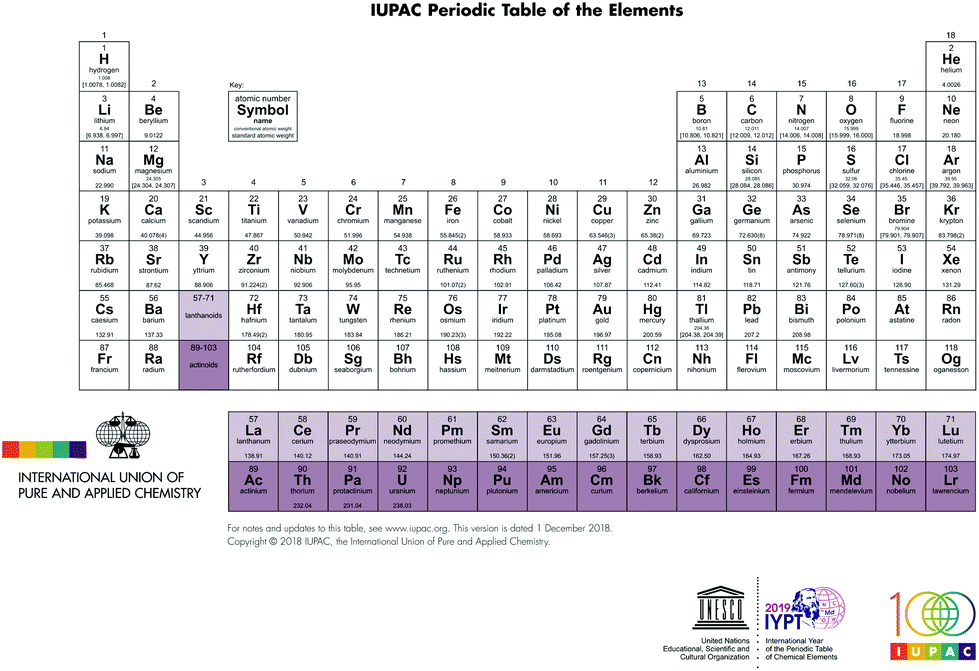


Each row of the periodic table contains two s-block elements. The s-block elements are on the left side of the periodic table except for helium. The elements of group IIA are called alkaline earth metals.The elements of group IA except hydrogen are called alkali metals.The s-block of the periodic table comprises the IA and IIA group metals along with hydrogen (H) and helium (He). s-block, p-block, d-block, and f-block is given below: s-Block of Periodic table f-block is characterized by Lanthanide and Actinide metals.Ī detailed discussion about four blocks of the periodic table i.e.d-block is characterized by metals with variable (transition) oxidation states.p-block is characterized by metals, non-metals, and metalloids of groups 3 to 8.s-block is characterized by highly electropositive metals along with helium and hydrogen.The divisions into the blocks are characterized by their distinctive nature. The term block was used by Charles Janet for the first time when he introduced his left step periodic table (LSPT). These are s, p, d, and f block elements that constitute the whole periodic table. The most common of these being salt, or sodium chloride, and the potassium compounds sylvite (or potassium chloride) and carnallite (potassium magnesium chloride hexahydrate).The periodic table is divided into four blocks depending on the type of shells being filled. In chemistry and atomic physics, the main group is the group of elements (sometimes called the representative elements) whose lightest members are represented by helium, lithium, beryllium, boron, carbon, nitrogen, oxygen, and fluorine as arranged in the periodic table of the elements.Ĭhlorine is in group 17 of periodic table, also called the halogens, and is not found as the element in nature – only as a compound.
D block elements full#
The noble gases have full p-orbital’s and are nonreactive. They include the boron, carbon, nitrogen, oxygen and flourine families in addition to the noble gases. The p-block elements are found on the right side of the periodic table. The d-block metals, and some of it’s key alloys, shaped the Bronze Age, Iron Age, and most importantly the steel age. They are also malleable, ductile, lustrous, and sliver-white in color. Transition metals, for the most part, are good conductors. The Importance of d-block Transition Metals. In the picture below, the orbitals are represented by the boxes.Įlements in which the last electron enters any one of the five d-orbitals of their respective penultimate shells are called d-block elements. And the 4 sublevel has 7 orbitals, so can contain 14 electrons max. The d sublevel has 5 orbitals, so can contain 10 electrons max. The p sublevel has 3 orbitals, so can contain 6 electrons max. And hence electrons fill up in 4s before filling up in 3d.

Therefore, 3d orbital is higher in energy than 4s. Their properties are transitional between highly reactive metallic elements of s block which are ionic in nature and the elements of p-block which are covalent in nature.Īccording to Aufbau principle, electrons first occupy the lowest energy orbital available to them and enter into higher energy orbitals only after the lower energy orbitals are filled. The d-block elements are called transition elements because they exhibit transitional behaviour between s block and p-block elements. They are placed in a separate panel at the bottom of the periodic table. The f-block consists of elements in which 4 f and 5 f orbitals are progressively filled. The d-block of the periodic table contains the elements of the groups 3-12 in which the d orbitals are progressively filled in each of the four long periods. This section is referred to as the d block elements, or the transition metals. The 10 electrons of the five d orbitals are filled by the elements found in the dropped central section of the table. The Periodic Table provides a section for each of these groups of orbitals. Transition elements are the elements that are found in Groups 3-12 (old groups IIA-IIB) on the periodic table (salmon-colored block in the middle of the table). The f-block elements,found in the two rows at the bottom of the periodic table, are called inner transition metals and have valence electrons in the f-orbital’s. The d-block elements are called transition metals and have valence electrons in d orbital’s. The d-block elements are found in the middle of the period table. Except Actinium all the remaining elements are synthetically prepared and have very low half life periods. As per the IUPAC definition, the seventh period elements, starting from Ac, Rf to Cn also belong to transition metals. However they are treated as transition elements, because their properties are an extension of the properties of the respective transition elements.


 0 kommentar(er)
0 kommentar(er)
